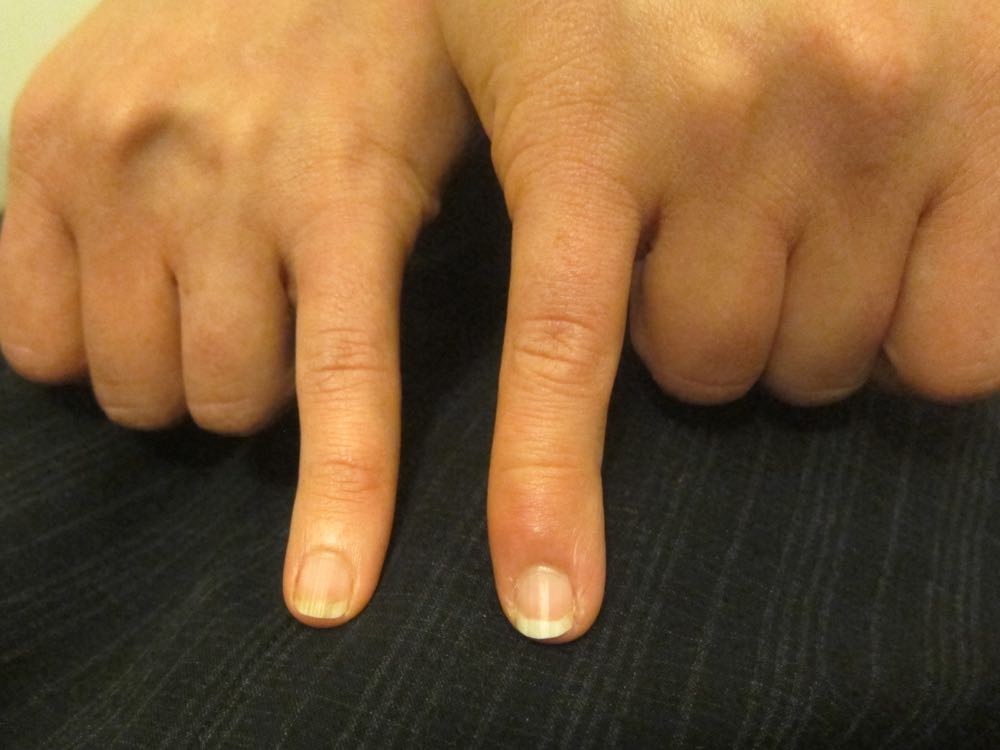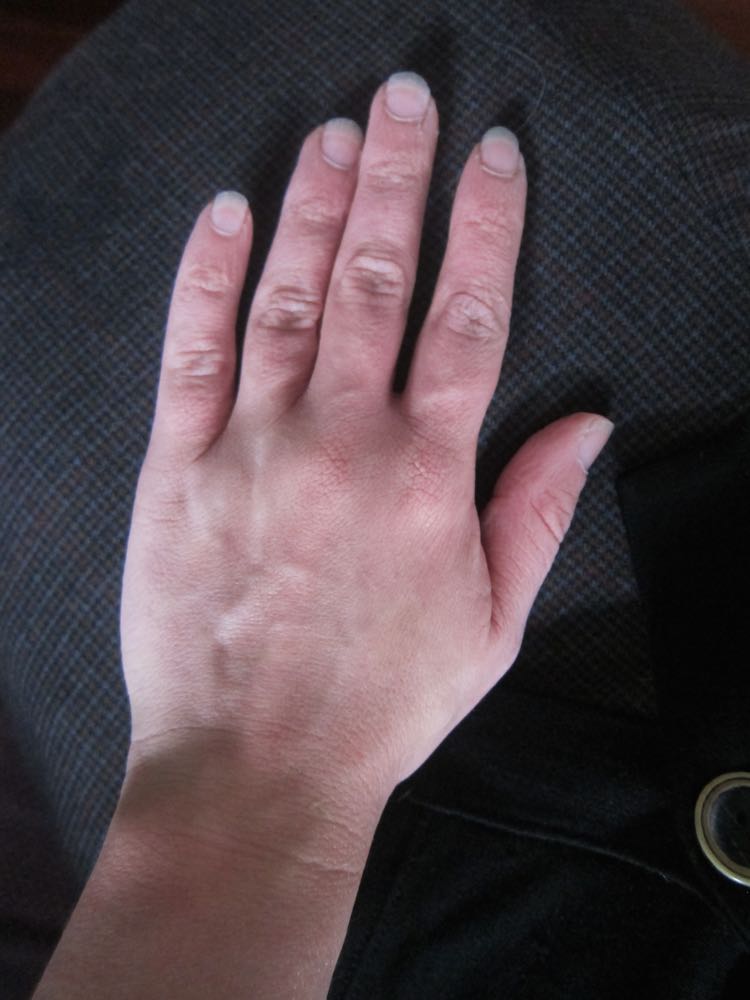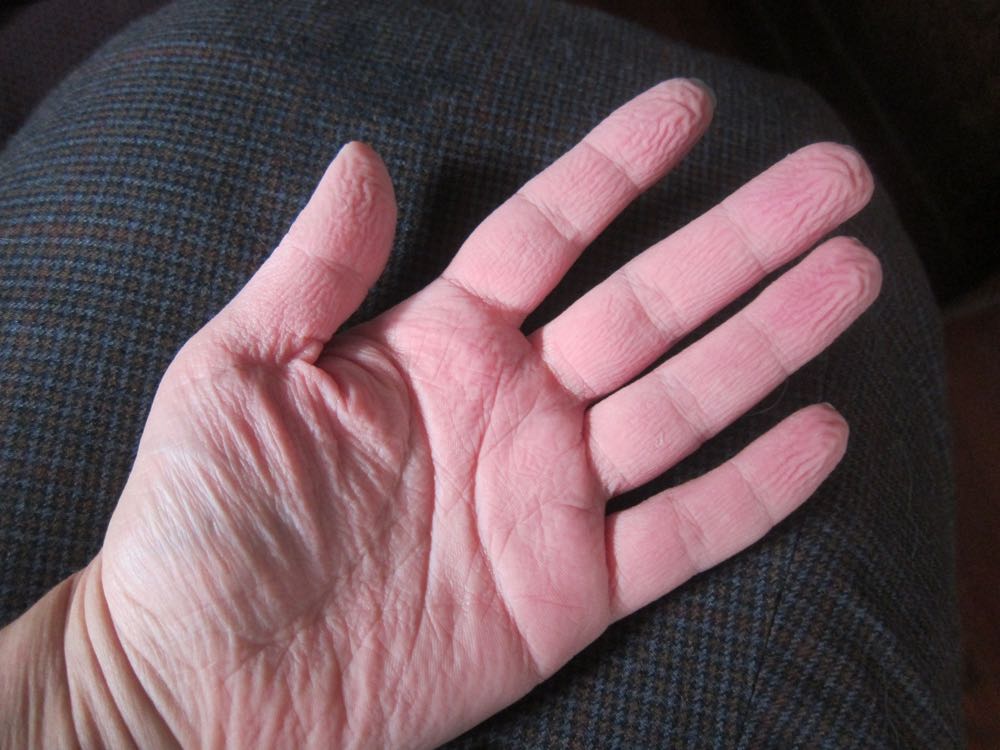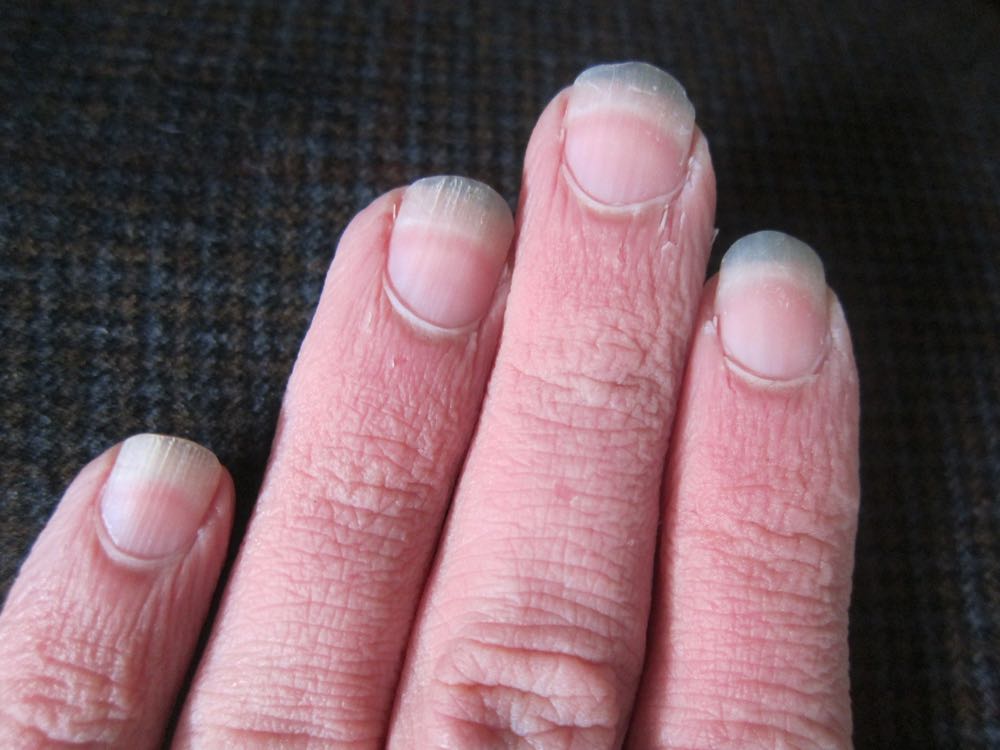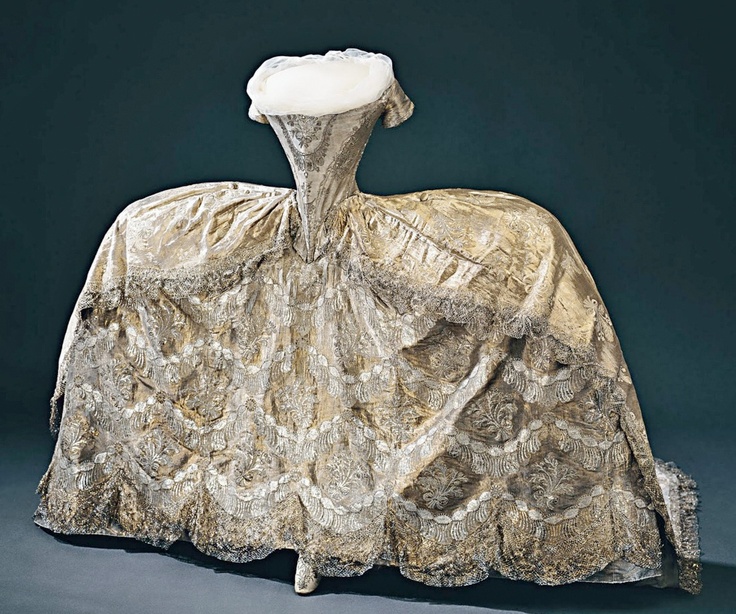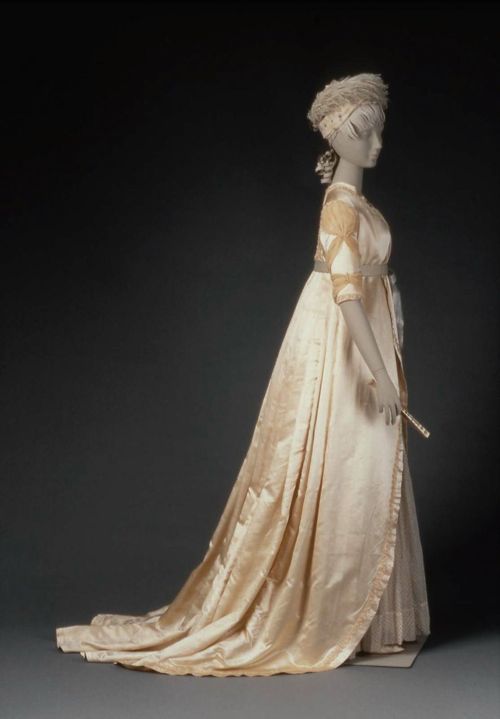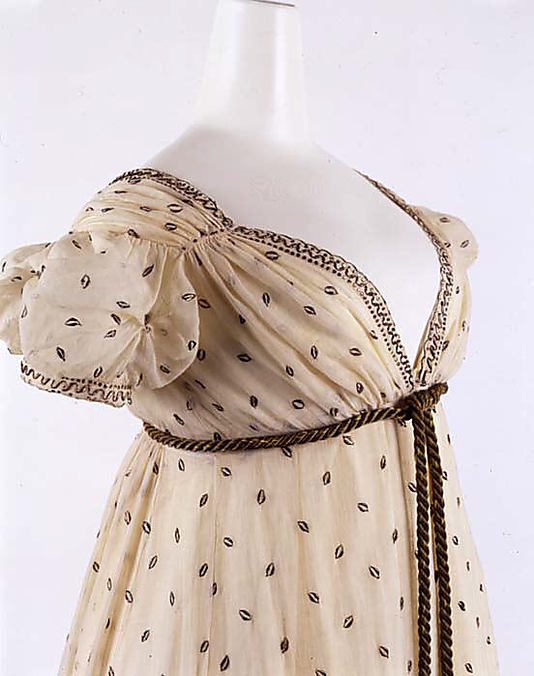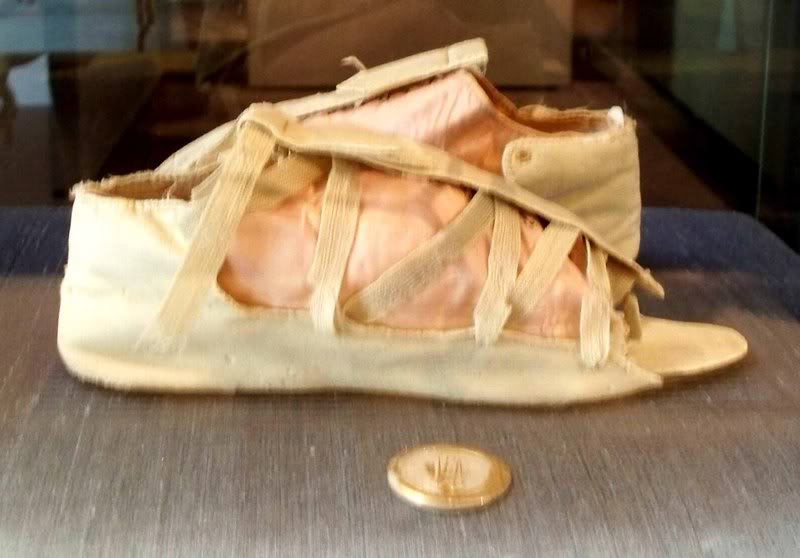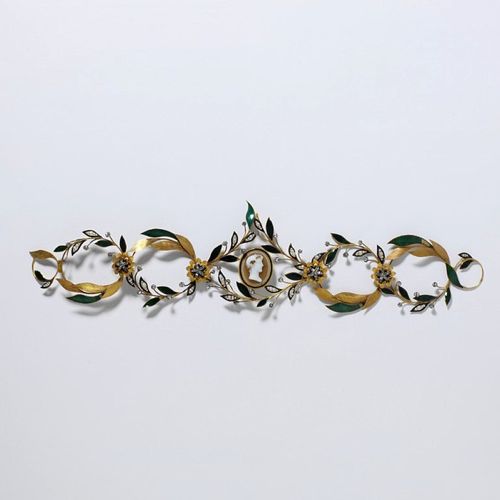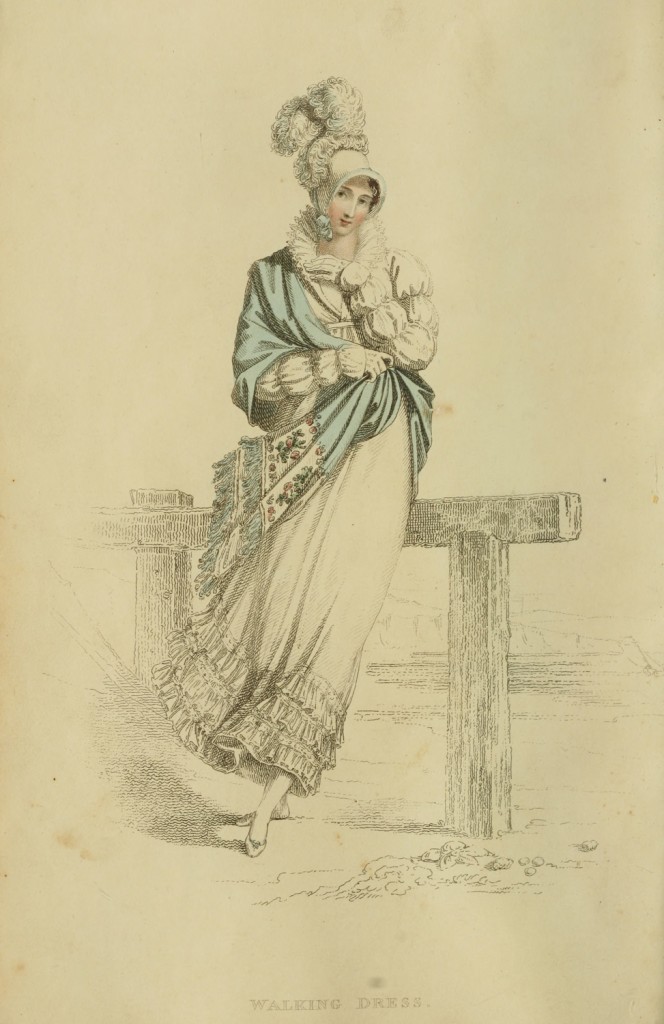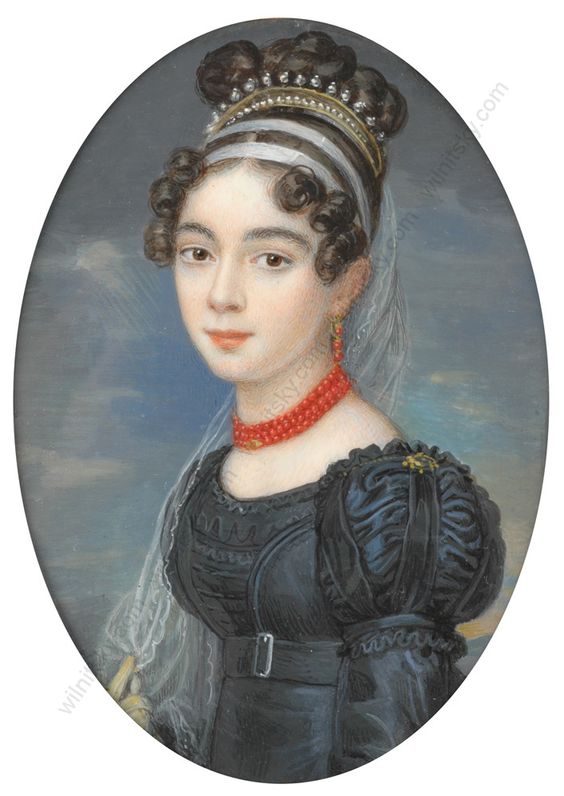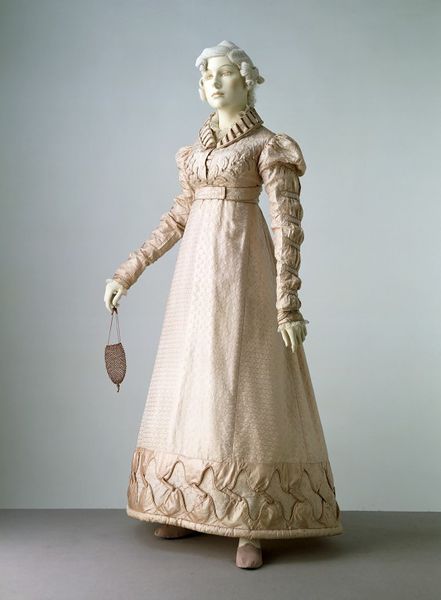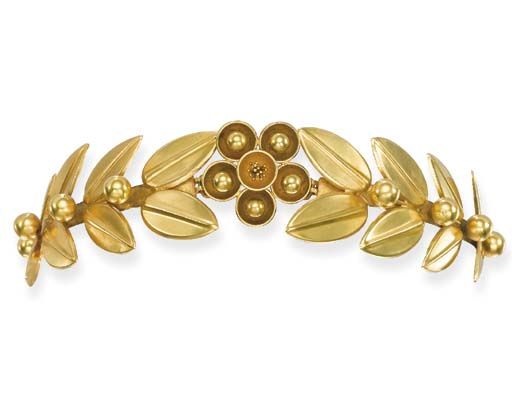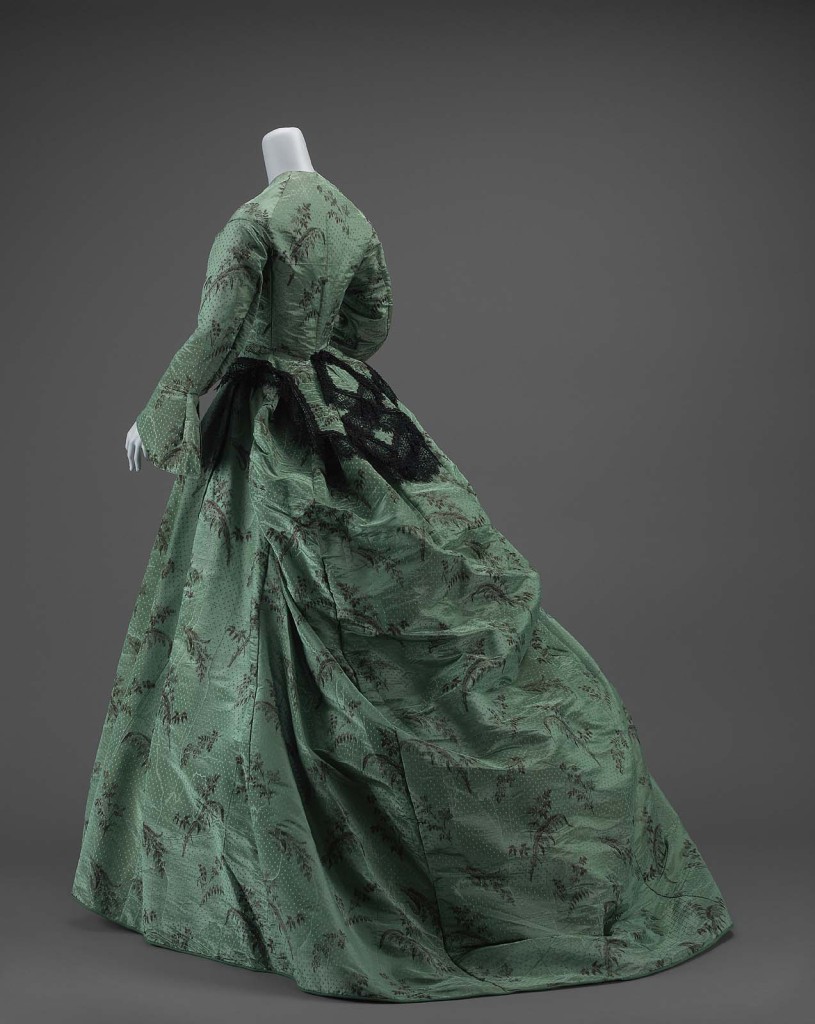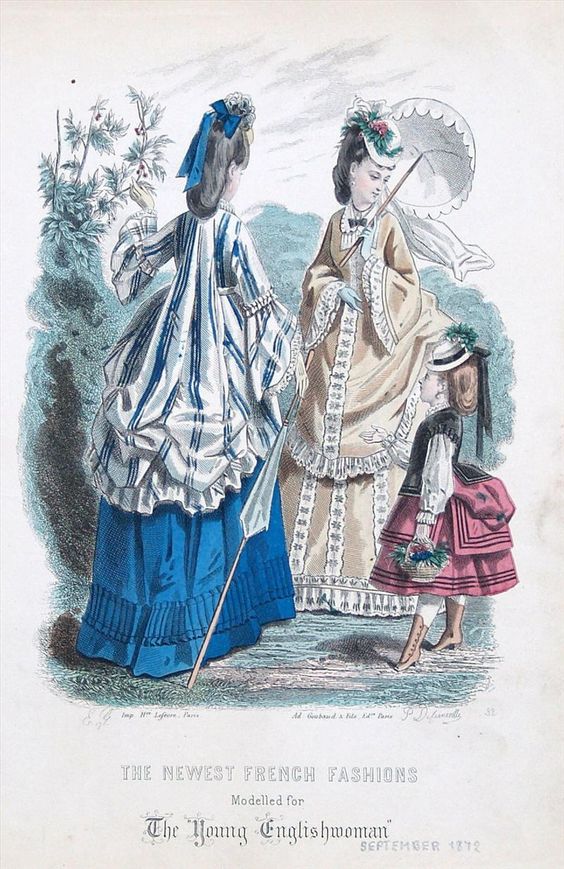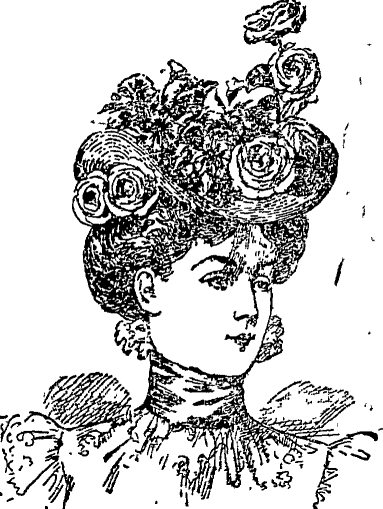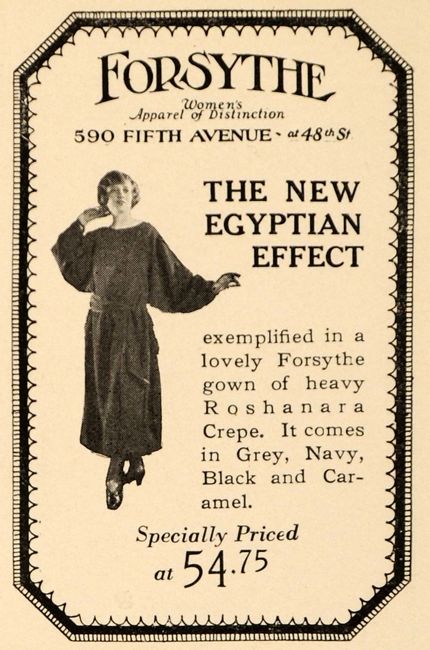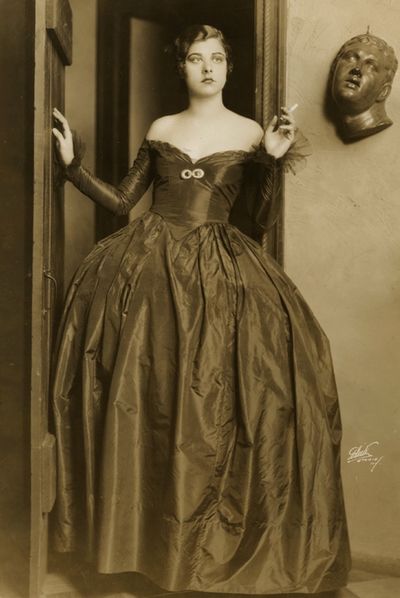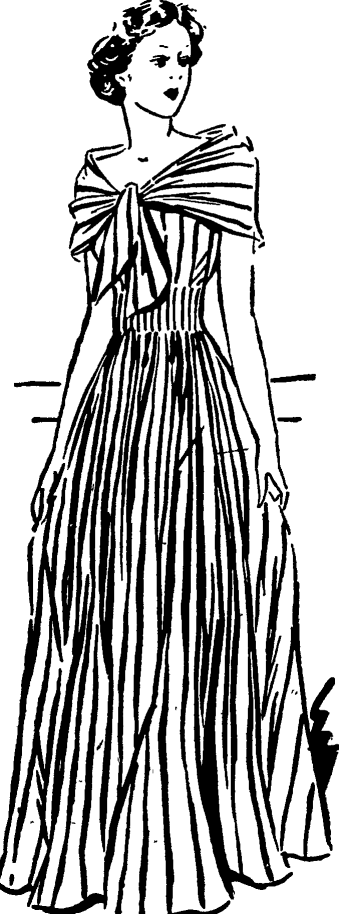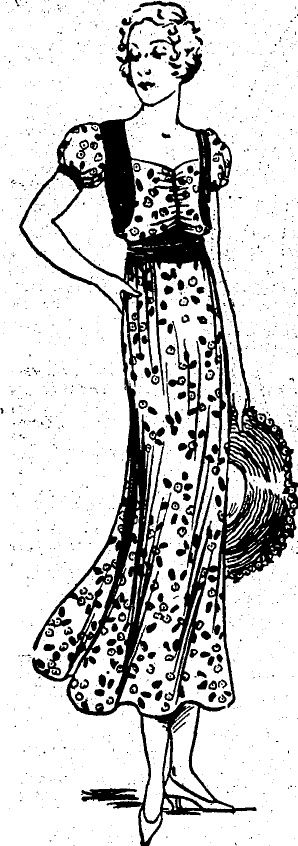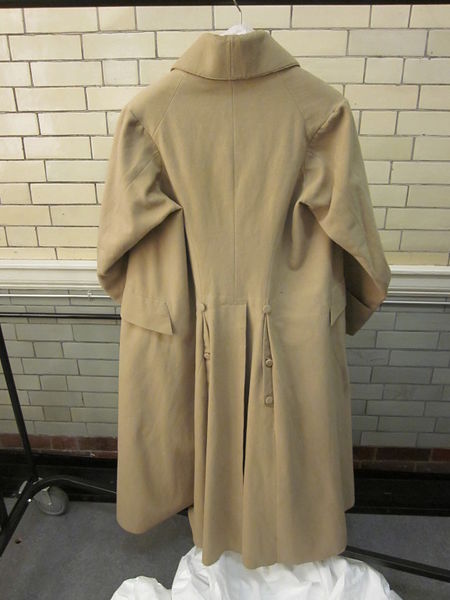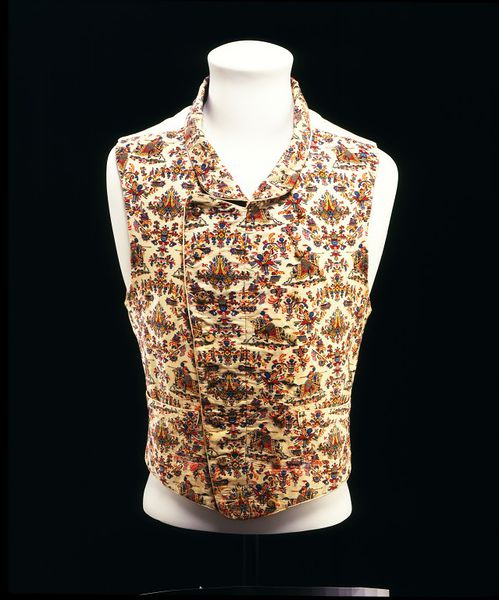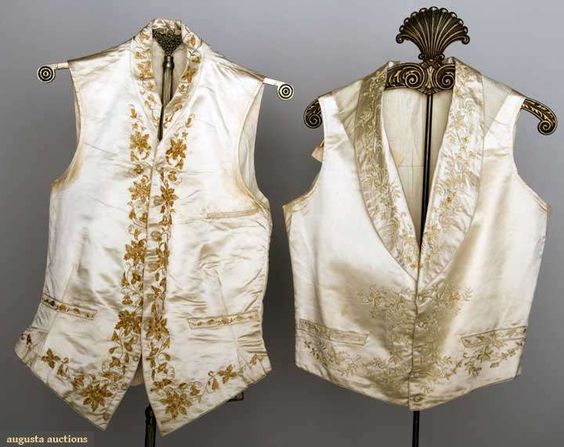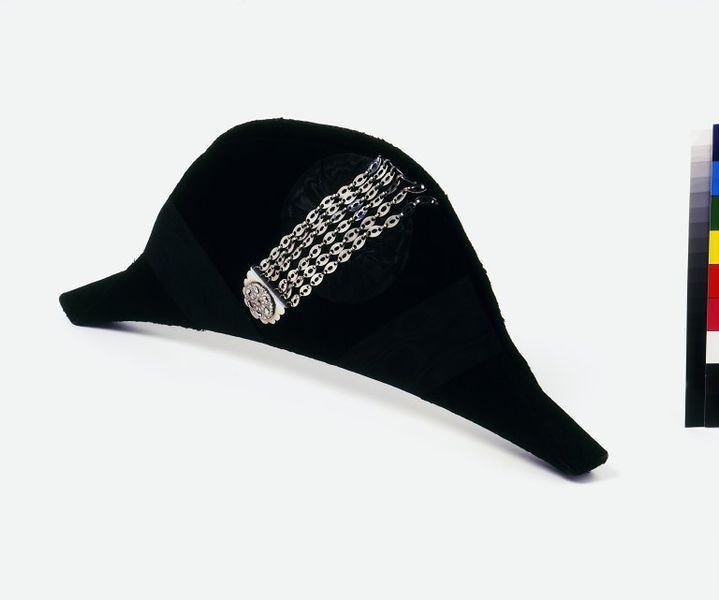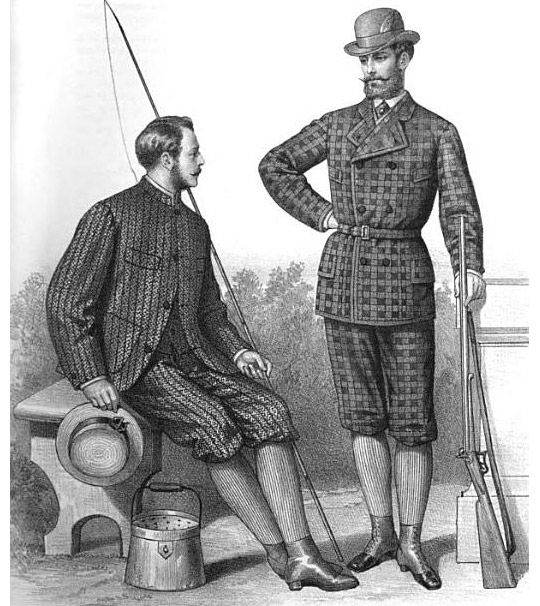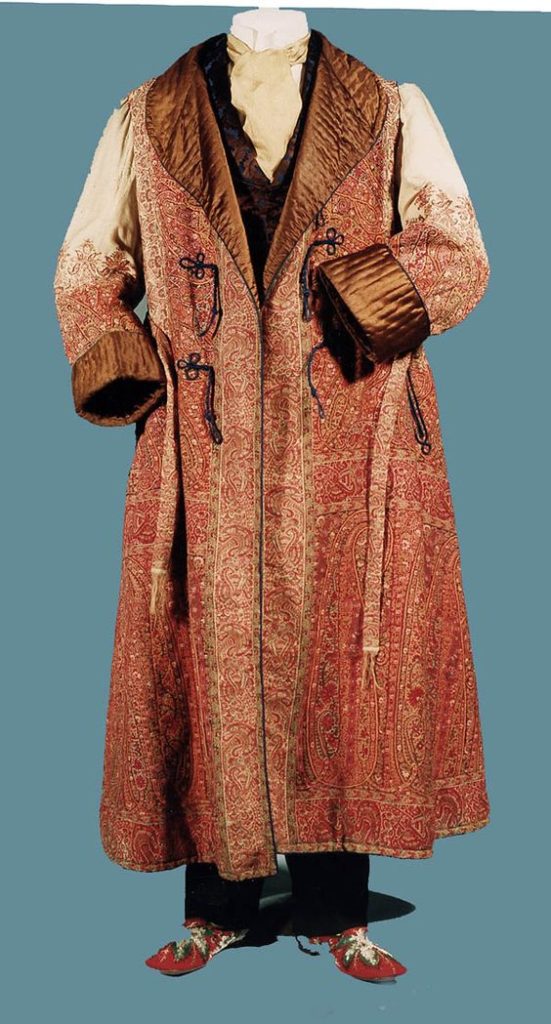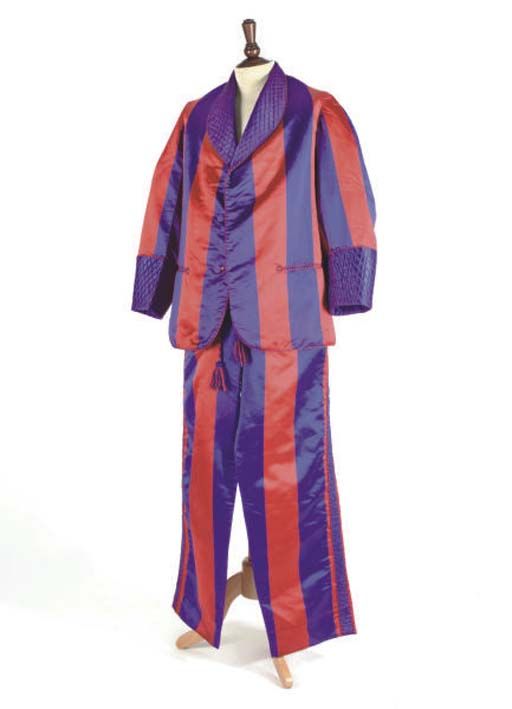At the start of the Fortnight in 1916 project, one of my rules was that I wasn’t allowed to continue the experiment if it put my health in any danger. Happily, except for some minor blood blistering from a bad corset, I came through the experiment in perfect health – probably even better than if I’d spent it living 2016 style.
My main worry about the fortnight was the cold. Would using less heating in the middle of winter, and wearing nothing but wool stockings on my lower legs, increase my chance of chillblains or a bad chest cold?
I hadn’t managed to make a wool union suit, and compared to the layers of socks and merino thermals I usually wear in winter (the July standard is two layers of socks, heavy jeans, and at least three layers of wool on my torso), my 1916 wardrobe seemed quite insufficient. Every day I would be wearing a single pair of thin-ish merino stockings, cotton combinations, a one-layer cotton corset, corset cover, two cotton petticoats, a thin-ish wool skirt, cotton blouse, and a wool cardigan. It didn’t seem like much!
It worked.
I was lucky in that we have been having a very mild winter, but even in the properly cold days we had, I was toasty warm and comfortable. I hardly even wore the cardigans. Even in cotton, all the layers, with space between them, were fantastic insulation. The corset kept my core nice and toasty, and with my core warm, my extremities were a lot warmer too. My feet were never cold in their stockings (learn how to make your own here), and I didn’t struggle with wearing stiff heeled shoes all day (which I had worried about).
Maintaining a comfortable body temperature was also helped by how much I moved around: the corset made sitting on anything but a straight chair less-than-fabulous, and lounging on the couch was definitely out of the question. I didn’t get nearly as much writing as I had hoped completed in the fortnight, because I never wanted to sit down.
I was so astonished and pleased by how warm I was in every circumstance, that I’m now trying to figure out how to incorporate the effect into my standard winter wardrobe. It’s a bit tricky, as I need to be able to sit comfortably for much of the day in my regular life, and the corset does not facilitate that
I was so warm I only got very mild chillblains doing laundry 1916 style, when my hands were damp for hours on end outside in the wind, which would usually give me a very bad attack. The lack of chillblains could partly be because I’d recently been in Hawaii, and I seem to have a slight buffer before getting them again after being summer warm, but I’d been back in NZ for two weeks before the Fortnight experiment started, so that buffer should have worn off.
Here is an example of what my chillblains looked like at their very worst, at the end of the Fortnight:
While chillblains weren’t too bad, the Fortnight was VERY hard on my hands in other ways. Lots of dishes, lots of laundry, and no rubber gloves. It’s easy to see why methods for achieving soft, white (sorry, period racial overtones definitely come into play here), un-callused hands appear so prominently in advice columns and advertisements at the time.
Here are my hands after my second round of doing laundry, circa 1916:
It took me weeks to get them back into shape, and get back to nice strong nails, with no hangnails. And I’m not even remotely precious about my hands in ordinary life. It would be hard to keep your hands in good condition doing 1910s housework: you really might be able to tell social status by hands.
So, I was nice and warm, my hands were trashed, what else happened?
Well, despite cooking everything in butter, the lack of vegetables in my diet, the high amounts of carbohydrates, and a sweet dessert most days, I actually lost two kilos over the fortnight.
I weighted myself numerous times a day in the week running up to the fortnight, and the days after, and my post-Fortnight high and low weights were definitely 2 kilos (almost 5 lbs) lighter than my pre-Fortnight high and low weights.
My theory is it was the extra exercise from walking everywhere, doing so much physical labour in housework (let me tell you, doing laundry was a workout), some reduction in appetite from wearing a corset, and simply the effort of wearing all the clothes I was wearing.
In addition to loosing two kilos, I lost two inches of waist circumference. I was really impressed, as the corset I wore every day gave me very little waist compression, but it was enough to do something.
Despite the weight loss and waist loss, I have no intention whatsoever of taking up the 1916 weightloss diet. Living in the corset made it too hard to do the computer work I need to do on a daily basis, and you have to do a ton of exercise to retain muscle tone in your back and stomach if you wear a corset full-time, as it does the work those muscles would usually do. I couldn’t wear the weight of clothing I was wearing without a corset.
Finally, in case you are wondering how long it took for the corset-pinch blood blisters I got on day three of the Fortnight to go away, the answer is just over two weeks. Here is what they looked like the day after the Fortnight ended:
They were more obvious in real life than the photo shows.
So, that’s what living in 1916 did to my body. It would be really interesting to see what would happen over a longer experiment. Would I continue to loose weight at the same rate, or would my body adapt? I’d definitely take much more care of my hands, were I to attempt it again.


